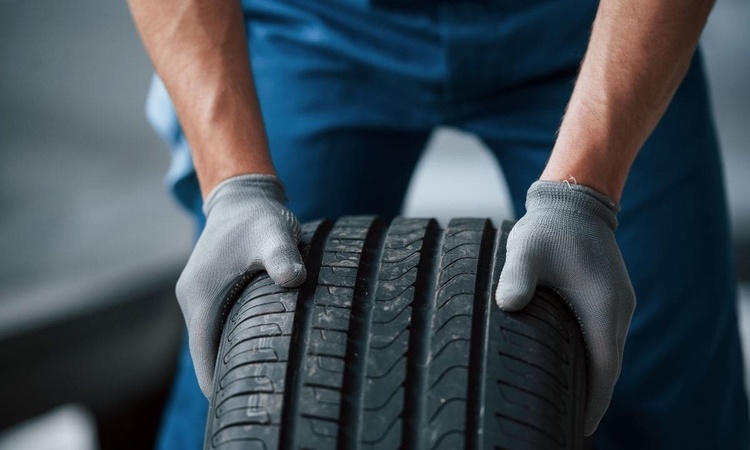Seasonal maintenance steps to protect critical mechanical systems
Seasonal maintenance helps protect a vehicle’s critical mechanical systems from wear, weather, and unexpected faults. This overview highlights diagnostics, inspection routines, and targeted checks for batteries, tires, brakes, and emissions equipment to support safety and efficiency throughout the year.

Seasonal changes affect vehicles in predictable ways, and planning maintenance around those shifts reduces the risk of breakdowns and extended repairs. A systematic approach—combining routine inspection, diagnostics, and targeted work on components such as batteries, tires, brakes, and emissions systems—can preserve safety and efficiency. Regular checks make it easier to catch recalls, firmware or telematics updates, and small faults before they become major repairs.
How do diagnostics and inspection protect systems?
Modern vehicles rely on scheduled inspection and diagnostics to identify emerging problems early. Running a diagnostic scan can reveal stored fault codes related to engine, transmission, or safety systems before symptoms appear. A physical inspection complements electronic diagnostics: technicians check hoses, belts, fluid levels, and visible wear. Together, diagnostics and inspection reduce unplanned downtime by enabling proactive maintenance rather than reactive repairs.
What maintenance preserves battery and hybrid/electric systems?
Battery performance changes with temperature; heat speeds chemical reactions and cold reduces available charge. For traditional 12V batteries, seasonal checks should include load testing, terminal cleaning, and ensuring secure mounting. For hybrid and electric vehicles, firmware and thermal management systems also play a role; scheduled diagnostic checks and firmware updates address software-related health indicators. Proper charging habits and attention to cooling systems help sustain range and longevity.
How should tires and brakes be maintained for safety?
Tires and brakes are fundamental to stopping and control and deserve seasonal attention. Inspect tires for tread depth, uneven wear, and sidewall damage, and verify tire pressure according to manufacturer recommendations—pressure fluctuates with temperature. Brakes require inspection of pads, rotors, and fluid; worn components reduce stopping efficiency and increase repair costs. Alignments and rotation schedules preserve even wear and extend the service life of both tires and braking systems.
When to update firmware, telematics, and address recalls?
Modern vehicles include telematics modules and electronic control units that receive updates. Firmware updates can improve efficiency, resolve bugs affecting diagnostics, or refine battery and charging functions for electric vehicles. Check for manufacturer recalls and technical service bulletins during seasonal inspections. Applying recommended updates and recall repairs through authorized service channels helps maintain safety features and compliance with emissions or safety standards.
How do emissions, efficiency, and repairs relate seasonally?
Cold starts, fuel volatility, and condensation can affect emissions output and fuel efficiency. Seasonal inspections should include emissions system checks—oxygen sensors, catalytic converters, and exhaust components—to ensure systems operate within expected parameters. Timely repairs, such as replacing faulty sensors or fixing exhaust leaks, restore efficiency and avoid failed inspections. Keeping records of repairs and maintenance supports resale value and regulatory compliance.
Where to find local services and what to expect?
When seeking seasonal checks, look for certified local services that offer comprehensive diagnostics, inspection, and repairs. Facilities that provide telematics diagnostics, battery testing, brake servicing, and firmware updates are better equipped for modern vehicles. Ask about inspection checklists, warranties on parts and labor, and whether the shop handles hybrid or electric systems. Local services can tailor seasonal plans that address climate-specific concerns in your area.
Conclusion An organized seasonal maintenance routine—combining diagnostics, visual inspections, and targeted service for batteries, tires, brakes, emissions hardware, and software updates—helps protect critical mechanical systems. Regular attention improves safety, preserves efficiency, and reduces the likelihood of extensive repairs. Keeping a simple schedule and working with qualified local services supports reliable operation across changing weather and road conditions.





